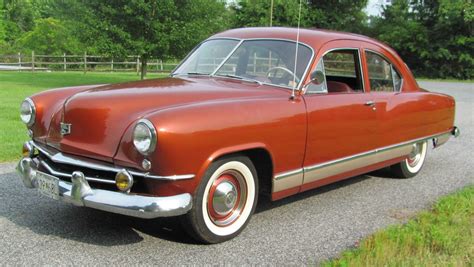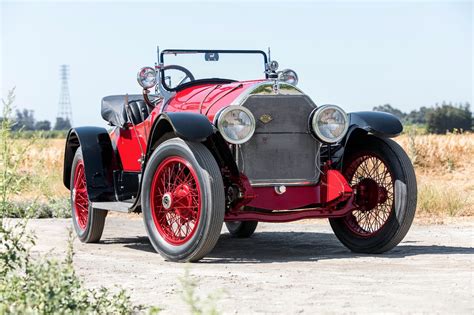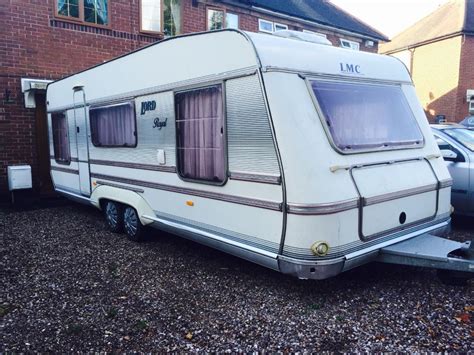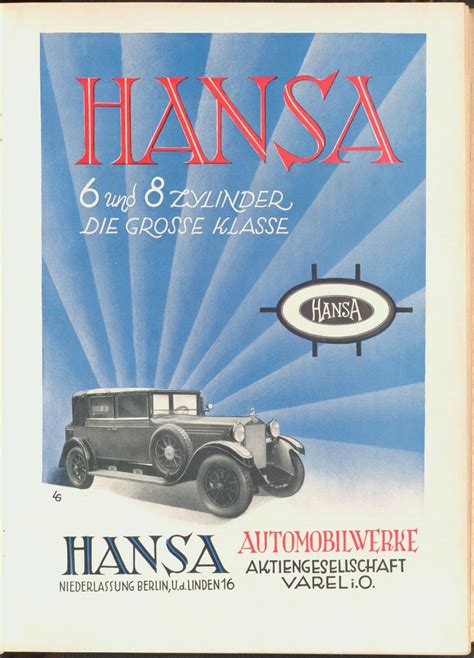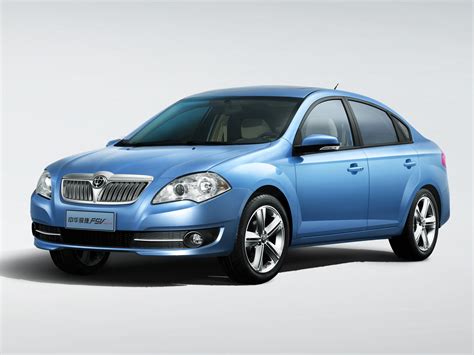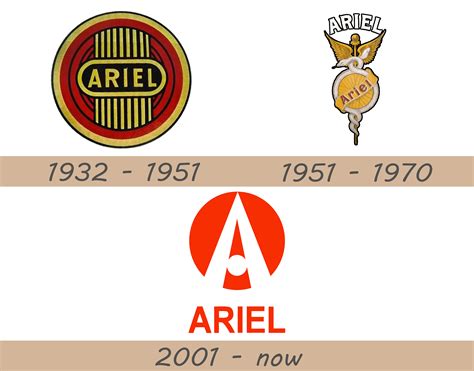Learn about the history of Kaiser Car Company, from its founding and impact of World War II to collaboration with Willys-Overland and eventual decline and closure.
Founding of Kaiser Car Company
Contents
The Founding of Kaiser Car Company can be traced back to the early 1940s, when industrialist Henry J. Kaiser and automotive executive Joseph W. Frazer joined forces to create a new car manufacturing company. The partnership between Kaiser and Frazer was established with the intention of leveraging their respective expertise and resources to compete in the rapidly growing post-war automobile market.
Driven by the success of his construction and steel businesses, Henry J. Kaiser saw an opportunity to expand his empire by entering the automotive industry. With his strong financial backing, Kaiser sought to capitalize on the burgeoning demand for automobiles in the aftermath of World War II. On the other hand, Joseph W. Frazer, a seasoned automotive executive with a distinguished career at leading companies such as Chrysler and Graham-Paige, brought his wealth of industry knowledge and experience to the partnership.
Together, Kaiser and Frazer set out to establish a new car company that would revolutionize the automotive landscape. In 1945, the Kaiser-Frazer Corporation was officially formed, marking the beginning of a new chapter in the history of the American automobile industry. The company’s ambitious goals and innovative approach to car manufacturing quickly garnered attention and positioned Kaiser-Frazer as a formidable contender in the competitive market.
Impact of World War II
The impact of World War II on the Kaiser Car Company was significant and far-reaching. As with many industries, the automotive sector was deeply affected by the war. The company shifted its production to support the war effort, manufacturing vehicles and equipment for military use. This shift in focus meant that civilian car production was drastically reduced during the war years.
Additionally, the war brought about changes in materials availability and rationing, which impacted the manufacturing process for Kaiser cars. The shortage of steel, rubber, and other essential materials meant that production challenges were widespread across the industry. These challenges, combined with the focus on military production, led to a slowdown in the development and innovation of civilian automobiles.
Furthermore, the war also influenced consumer behavior and preferences. With many resources and goods being diverted to the war effort, there was a shift in the way people viewed consumption and luxury. As a result, the demand for new cars and non-essential vehicles decreased during the war, leading to a decline in the overall market for civilian automobiles.
After the war, the automotive industry faced the task of transitioning back to civilian production, a process that was not without its challenges. The impact of World War II had lasting effects on the Kaiser Car Company, shaping its operations and strategies in the post-war era.
Introduction of the Kaiser-Frazer
The introduction of the Kaiser-Frazer marked a significant moment in the history of the American automotive industry. The partnership between Henry J. Kaiser and Joseph W. Frazer resulted in the formation of the Kaiser-Frazer Corporation in 1945, just after the end of World War II. This collaboration aimed to meet the growing demand for automobiles in the post-war era, and the company quickly gained attention with its innovative designs and engineering.
The Kaiser-Frazer Corporation, established in Willow Run, Michigan, introduced its first car in 1946. The car, named the Kaiser, featured advanced engineering and modern styling, setting it apart from other vehicles of the time. The company also released the Frazer, a luxury model designed to appeal to upscale consumers.
With a focus on quality and innovation, Kaiser-Frazer quickly became known for its forward-thinking approach to car manufacturing. The company’s introduction of innovative features, such as safety advancements and efficient production methods, set a new standard for the industry.
In addition to its cutting-edge designs, Kaiser-Frazer also gained recognition for its use of modern marketing techniques, including extensive advertising campaigns and a strong dealer network. These efforts helped establish the company as a major player in the American automotive market, further solidifying its position as a leader in the industry.
Ultimately, the introduction of the Kaiser-Frazer marked a pivotal moment in the history of the American automotive industry. The collaboration between Henry J. Kaiser and Joseph W. Frazer resulted in the creation of a company that was dedicated to pushing the boundaries of car manufacturing and setting new standards for quality and innovation.
Collaboration with Willys-Overland
The Kaiser Car Company collaborated with Willys-Overland during the post-World War II era, leading to significant developments in the automotive industry. This collaboration between the two companies was a strategic move aimed at leveraging their respective strengths in design, manufacturing, and distribution. By pooling their resources and expertise, they were able to introduce innovative new models and technologies to the market, marking a significant milestone in the history of the Kaiser Car Company.
One of the most notable outcomes of the collaboration was the introduction of the Jeep brand, which quickly gained popularity for its rugged performance and versatile design. This partnership enabled the Kaiser Car Company to tap into a new segment of the market, expanding their product portfolio and reaching a wider customer base. The success of the Jeep brand further strengthened the collaboration between Kaiser and Willys-Overland, setting the stage for future joint ventures and product developments.
In addition to the Jeep brand, the collaboration with Willys-Overland also enhanced the technological capabilities of the Kaiser Car Company. By sharing knowledge and resources, the two companies were able to streamline their production processes and implement more efficient manufacturing techniques. This resulted in higher quality vehicles and improved cost-effectiveness, giving them a competitive edge in the market.
The collaboration with Willys-Overland not only had a significant impact on the products and operations of the Kaiser Car Company, but also contributed to the overall advancement of the automotive industry. The combined efforts of the two companies led to the introduction of groundbreaking innovations and paved the way for future developments in the automotive sector.
Decline and Closure of Kaiser Car Company
The decline and closure of the Kaiser Car Company can be attributed to a number of factors, including the company’s inability to keep up with the changing automotive market, as well as financial difficulties. The post-World War II era saw a shift in consumer demand, with a growing preference for smaller, more fuel-efficient vehicles. In contrast, Kaiser’s main offerings, such as the large Henry J and Kaiser Darrin models, failed to resonate with the public, resulting in declining sales and financial strain.
Additionally, the company faced stiff competition from established automakers, such as General Motors and Ford, who were able to leverage their size and resources to achieve economies of scale and offer a wider range of vehicles at competitive prices. This put further pressure on Kaiser’s already precarious financial position, making it increasingly difficult for the company to remain profitable.
As a result, in 1955, Kaiser Car Company made the decision to close its automotive manufacturing operations. The closure of the company marked the end of an ambitious venture by industrialist Henry J. Kaiser and entrepreneur Joseph W. Frazer, who had sought to challenge the dominance of the Big Three automakers. While the company’s dissolution was undoubtedly a disappointment to its founders and employees, it is a reminder of the challenges faced by newcomers in the fiercely competitive automotive industry.
In conclusion, the decline and closure of Kaiser Car Company serves as a cautionary tale for businesses in any industry, highlighting the importance of adaptability, strategic decision-making, and financial strength. Despite its ultimately unsuccessful foray into the automotive market, the company’s legacy lives on in the form of the unique vehicles it produced and the impact it made during its brief but eventful existence.

